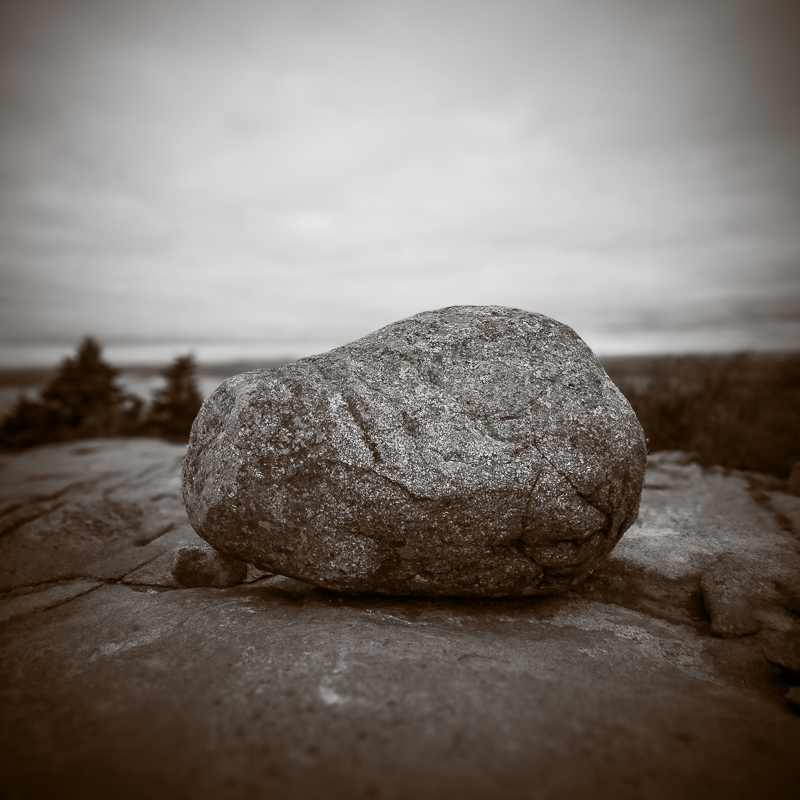Every Picture Is a Compromise
Lessons from the Also-rans
Most photography websites show the photographer's very best work. Wonderful. But that's not the full story of a creative life. If we want to learn, we'd better pay attention to the images that aren't "greatest hits" and see what lessons they have to offer. Every picture is a compromise — the sum of its parts, optical, technical, visual, emotional, and even cosmic – well, maybe not cosmic, but sometimes spiritual. Success on all fronts is rare. It's ok to learn from those that are not our best.
This is a series about my also-rans, some of which I've been able to improve at bit (i.e., "best effort"), none of which I would consider my best. With each there are lessons worth sharing, so I will.

Previous image | Next image |
Original digital capture

When Processing Is the Key
Being out in the world with our camera is fun, but processing is what makes an image rise to the level of personal expression. This week will concentrate on processed images — some subtly, some radically.
What I saw that I liked:
I rarely visualize in a square format, but this one I did from the get go.
What I don't like in the picture:
The light is dull, the horizon dominates, and I was really wanting about an f/0.5 aperture for depth of field.
What I learned:
The first thing I did with this one (left) was use Lightroom's new Lens Blur tool to narrow the depth of field. This was shot at f/3.1 on my m43 camera, so a equivalent aperture of f/6.2 on full frame. Without Lens Blur, I could not have achieved this.
Also, note that this is a split-toned image. The shadows are warm brown, the highlights are cool blue. I love this combination for making cold pictures and boy was it cold that day on Cadillac Mountain. |
|


